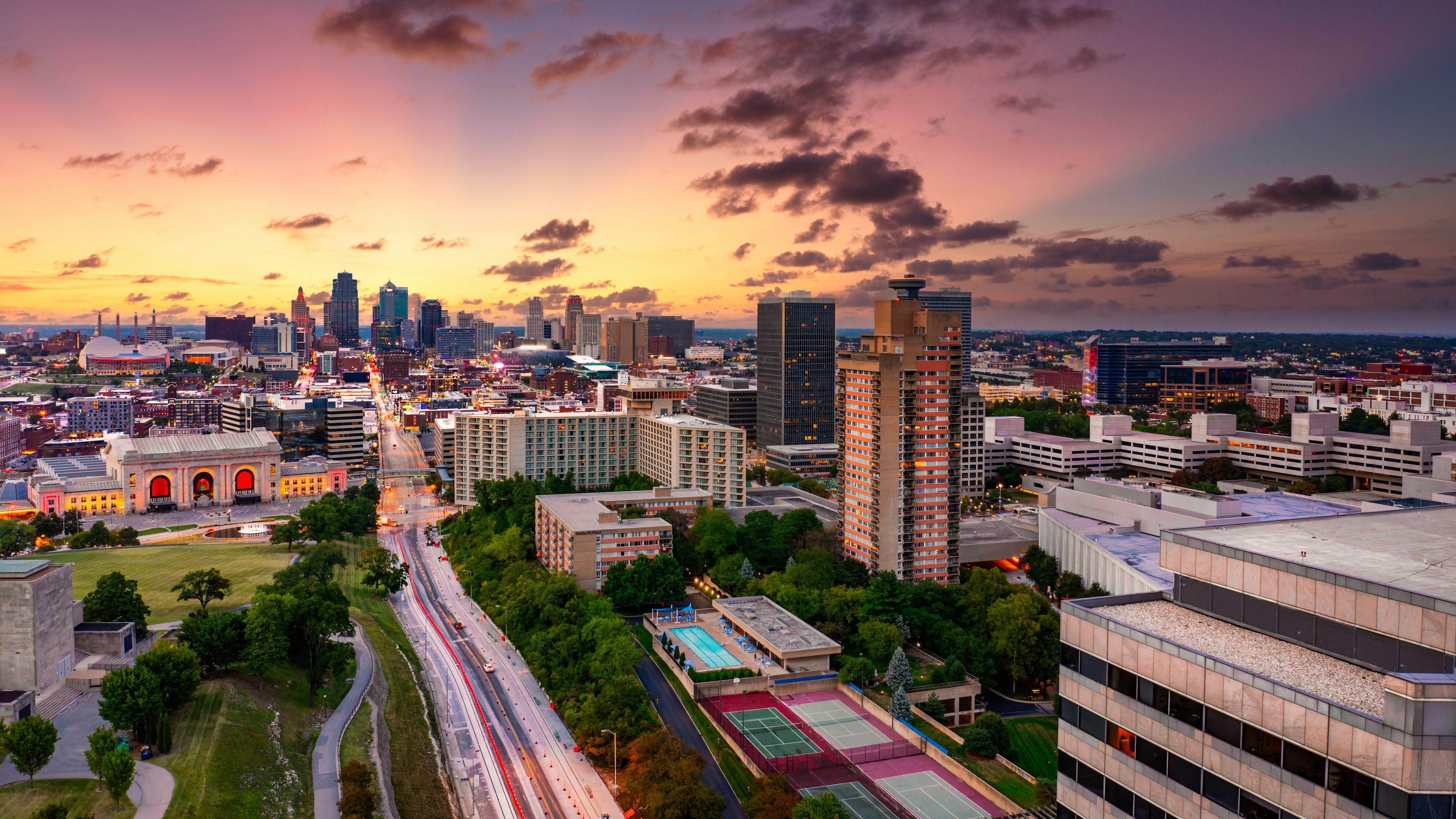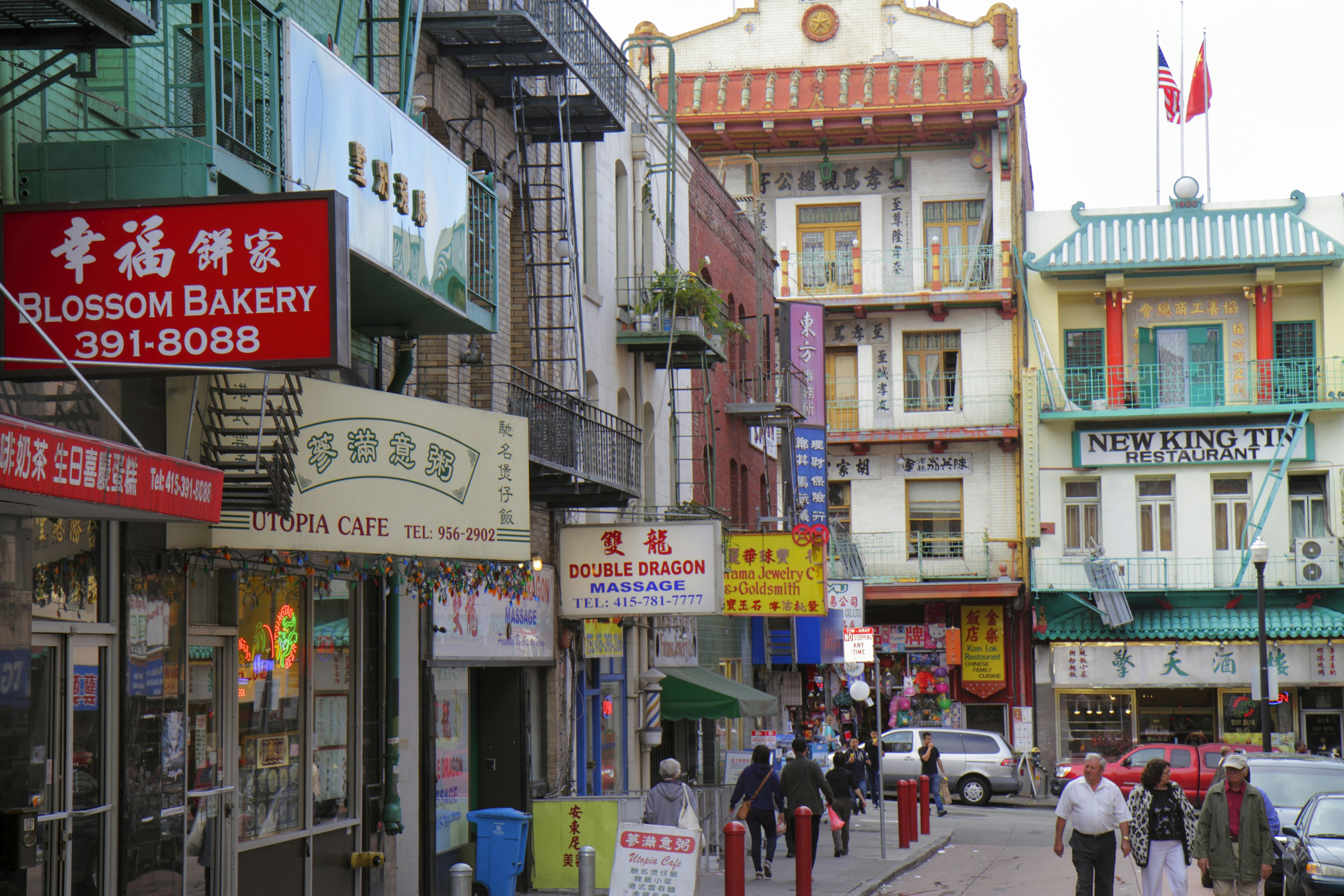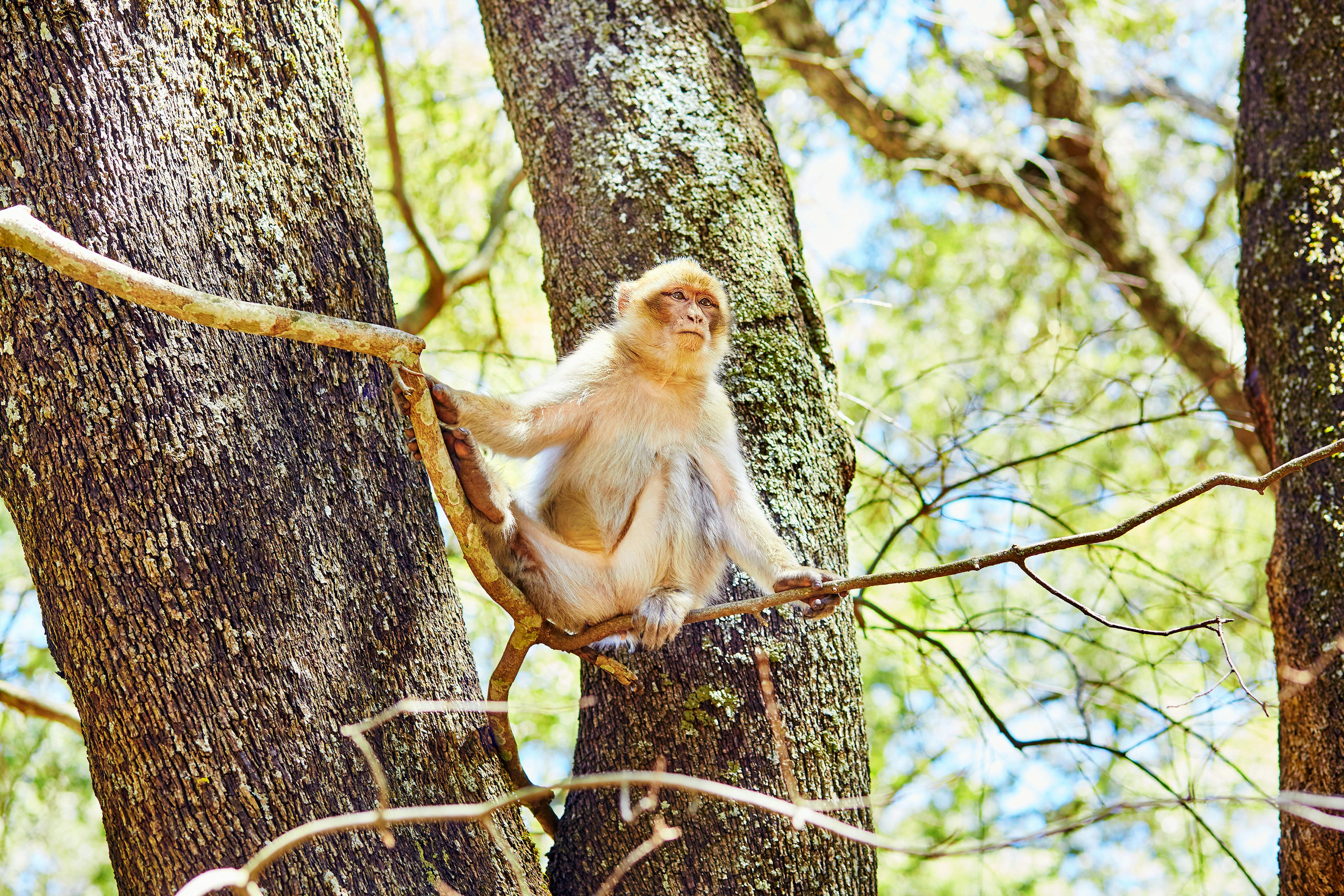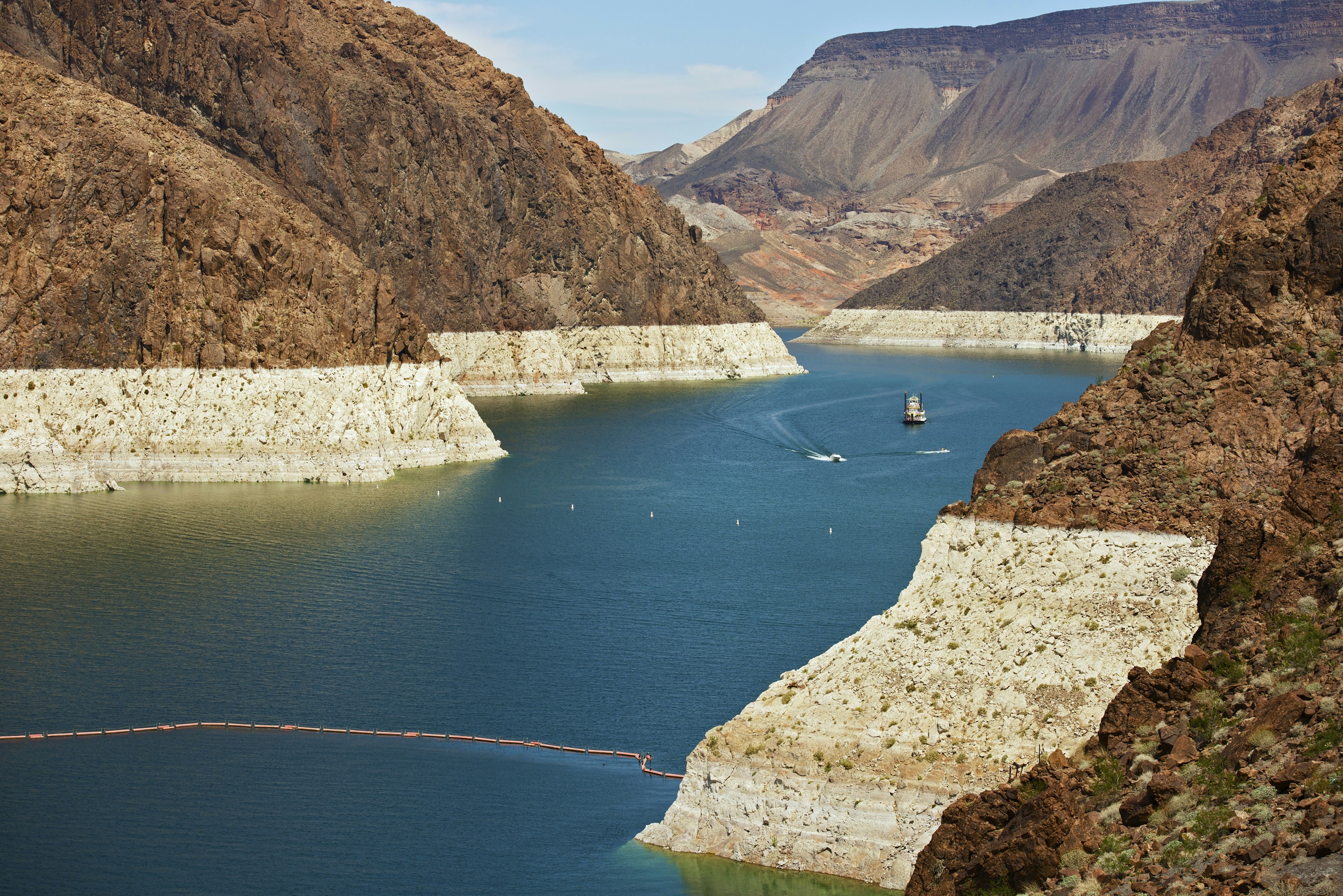What sets O’ahu apart from other Hawaiian islands? Honolulu, of course. It’s the only Hawaiian island with a real city, complete with high-rises, loads of fine-dining options in downtown Honolulu and enough shopping to keep you busy for an entire vacation. In other words, you will never run out of things to do. Give yourself an entire week so you have enough time without feeling rushed. The world-famous beaches, of course, are a no-brainer. But there are many other ways to enjoy Oahu’s capital city when you need a break from beach lounging. So hop in your rental car—you’ll need one to get around— and start exploring some of Honolulu’s top attractions including Pearl Harbor, hiking on Diamond Head and sunbathing on Waikiki Beach.

1. Take a very scenic hike
Get up early and hike Diamond Head before it gets too crowded or hot. The Diamond Head Crater Summit Trail is one of the most popular attractions in Honolulu because it’s surprisingly walkable even in athletic shoes. It is steep in parts, but the 360-degree views of Honolulu, Waikiki and Hawaii Kai will make it all worth it. Just be sure to bring a hat, sunscreen, charged phone and water since there’s no shade.

2. Eat, drink and practice aloha
If you visit in the fall, foodies will love attending the Hawaii Food & Wine Festival. Get to know up and coming Honolulu-area chefs, Michelin-starred legends and well-known bartenders from Oahu and beyond at several different events, all while devouring fresh, homegrown foods. This year’s theme, “Taste Our Love for the Land,” encourages residents and visitors to care for the island and its natural resources. Take part in volunteer opportunities led by local chefs through the Malama ‘Aina Program for a deep dive into island culture and appreciation. Note: This year’s events will be held outdoors in small groups.

3. Lend a hand on vacation
Keep Oahu beautiful by volunteering with Malama Hawaii, a program that encourages travelers to learn about island culture and give back while doing something outside of the touristy norm. Many hotels are part of the statewide effort, including the Waikiki Beach Marriott Resort & Spa in Honolulu. Guests can learn about growing taro, one of the most important cultural foods, or help repair woven thatch homes in exchange for a discount. Beyond Honolulu, other Malama Hawaii activities include a helicopter tour with Paradise Helicopters, complete with a private landing and the chance to plant a native tree while learning how to heal the land. Guests at Outrigger Hotels & Resorts can take part in a 2-hour eco-adventure at Kualoa Ranch Private Nature Reserve, 4000 acres of land you might recognize from Jurassic Park, Jumanji and Godzilla. In a small group, you’ll hear about the importance of upland ahupuaa streams, the dangers of micro-plastics and how to help protect the natural beauty of the islands.
4. Eat a fancy donut
Stopping by Holey Grail Donuts for a treat is an absolute must. If you have time to wait in line, that is. The popular eatery, created by brother-and-sister duo Nile and Hana Dreiling, often has a line because they make each piping-hot donut to order. What makes this $4 treat so special? Its base is made from taro, a native Hawaiian superfood that is pounded and fermented, giving the donuts a fluffy interior with a crisp exterior (since it’s fried in coconut oil). Fun flavors change up often but be prepared for creative options like freshly picked lilikoi, dragonfruit lemonade and honey cream pineapple with Thai basil. Props to this clever farm-to-dough operation for making Instagram-worthy delicacies. If you’re on Kaua’i, you can also grab donuts at the original food truck. Pro tip: Stop by after the morning rush, and you might not have to wait in line.

5. Get artsy at a museum
Immerse yourself in many works of art at The Honolulu Museum of Art, home to pop-up installations, a variety of exhibits and a summer nights program complete with a DJ and hands-on workshops. Grab a bite at the cafe or sit on the lawn for live music. The Hawaii State Art Museum, in the stately No. 1 Capitol District Building, is an awesome way to spend the morning or afternoon. Admission is free, and there are hands-on activities throughout the year. Pro tip: Afterward, put on your walking shoes and find as many outdoor murals as possible; there are several blocks sporting colorful street art.
6. Carve the waves and surf with a pro
If you are staying at Kaimana Beach Hotel, prepare to have bragging rights. You can take surf or stand up paddle board lessons from 2018 ISA World longboard surfing champion Kai Sallas. He’ll take you to a surf spot perfect for beginners where surfing first got its start. Or, if you’re more advanced, he’ll help you move to the next level.

7. Forage for your food
Be an ethnobotanist for the day with Dr. Nat Bletter, founder of Madre Chocolate. Join his monthly foraging class (offered by Slow Food O’ahu) through Makiki to learn about the slow food movement and discover edible plants along the way. Bring a bag and fork along; you’ll get to enjoy a wild-plant salad at the end filled with things like nom nom fruit, pink peppercorns, macadamia nuts and banana blossoms.
8. Go boho-chic with a flower crown
Floral headdresses have a long history in Hawaii. Paiko, a botanical boutique in the Kaka’ako neighborhood, celebrates the fashion statement piece known as the haku lei.
Sign up for a 2-hour, private-flower-crown-making session where you can make a tropical crown full of fresh flowers (think anthuriums and orchids) and gorgeous foliage (think ferns and eucalyptus). Plant materials are locally sourced, and the minimum number of guests is six and the maximum is 20. Throughout the year, you can also take classes about succulents, bonsai shaping and ulana lau niu, the Hawaiian ancient art of weaving coconut fronds. Bonus: There’s also a DIY bar where you can pot your own plants if you like. Pick up gifts, like coconut planters, locally made soap and jewelry, while you’re at it. The Happy Haku offers private and group crown-making sessions, too.
9. Take a boat cruise on the ocean
Do you remember in the first season of The White Lotus where the guests take an ocean cruise to the resort? You and your friends can set sail on the very same vintage yacht, The Vida Mia. Board the circa 1929 commuter yacht at the marina in Waikiki for a 90-minute cruise. The morning sunrise cruise features Hawaiian coffee, fruit and pastries, while the sunset cruises that might include fireworks, cocktails or live music. No matter the time of day, you’ll love exploring Vida Mia’s gleaming expanses of teak wood, stained glass touches and the porcelain bathtub below deck. Take in breathtaking ocean and island views, snap pic pics of Diamond Head State Monument and maybe even spot a sea turtle or a whale.
10. Slurp some shave ice
Where you grew up, that refreshing combination of crushed ice and fruity syrup may be called a snow cone or a snowball. But here in Honolulu, it’s called shave ice. Typical syrup flavors include tropical lilikoi, melon, guava and mango, along with pan-Asian additions like salted plum, chewy mochi and maybe even sweet red beans. There’s no shortage of Honolulu shave ice shops, but our tried and taste-tested favorites include the original Waiola Shave Ice in a family owned convenience store in the McCully neighborhood and Lahaina Shave Ice tucked away near the Waikiki Beach Walk.
11. Experience Shangri La
Late philanthropist Doris Duke is famous for many things, including being a skilled surfer and at one time being the richest young heiress in the world. During her honeymoon, she became enthralled with Islamic and Moorish design, and created a tribute to it at her home called Shangri La. She spent $1.4 million in 1930s money (about $30 million today) on stained glass, tile, mosaic flooring, gardens, fountains, carvings and artwork for her stunning 14000 square foot estate overlooking the ocean. The mother of pearl inlaid bedroom is worth the trip alone. The estate’s overall effect is mind blowing, which explains why it’s one of the most popular attractions in Honolulu. As soon as you can, reserve your $25 ticket for a guided tour via the Honolulu Museum of Art.
12. Shop the farmer’s market
There’s no shortage of amazing produce and island delicacies created on Oahu. Find them all at once at the Kaka’ako Farmers Market from 8 am to noon Saturdays where Ala Moana meets Fisherman’s Wharf. It’s a great place for iced slushies made with local honey, fresh pressed sugar cane juice, plus sushi, poke bowls, barbecue, flowers, baked goods plus all the fruits, greens, and veggies you need to make smoothies and healthy meals for the week.
13. Visit the Arizona Memorial at Pearl Harbor
The bombing at Pearl Harbor on December 7, 1941 was one of the most devastating attacks on US soil. The Arizona Memorial at Pearl Harbor does a great job of bringing this tragedy to life by sharing stories of diverse people who lived and worked in the area. Many emigrated from China, Japan and other parts of the US, and their lives changed dramatically after the bombing. After an introduction, you’ll take a ferry out to the actual monument at sea where the USS Arizona sank. Be sure to allow enough time for the entire experience and bring a jacket since it’s windy on the water.
14. Brunch on pink pancakes
Since 1927, The Royal Hawaiian Resort has been one of Waikiki’s most iconic hotels. The Spanish-Moorish design is distinctive, but its most memorable feature is the blush pink exterior, which earned it the title the Pink Palace of the Pacific. Instagram-worthy photo opportunities abound from the row of vintage rockers with pink cushions off the lobby to the graceful arches of the main corridor. But our favorite spot is on the terrace lined with pink and white umbrellas where they serve brunch. The eggs Benedict and bloody marys are divine, but the dish to order is the stack of rosy pancakes infused with berries and maple syrup.
15. Relax on Waikiki Beach
After a few days of go-go in Honolulu, you’ll be needing some beach time. Waikiki was the Hawaiian royal family’s favorite beach in the 1800s, and over time visitors came to appreciate this beautiful beach on a calm stretch of the Pacific Ocean.The Moana Hotel started developing Waikiki into what’s now a world renowned beach, shopping and hotel destination. This is also where modern surfing took off, and you’ll see plenty of devotees riding the waves. So grab your beach blanket, bikini and sunscreen and hit the sand.
You might also like:
Waikiki and beyond: The best beaches around Honolulu
How to get around in Hawaii
Introducing Hawaii’s national parks





















































